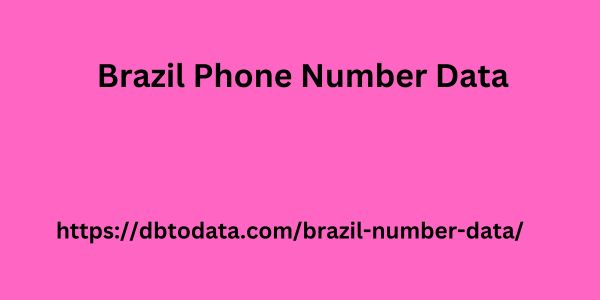|
|
Today, we will give you tips on what CAN and CANNOT be done in the poster presentation of your work. A poster is a visual representation of your work, so you need to follow some best practices to ensure a quality poster presentation . The poster works as a publicity for your research, so it needs to stand out from the rest. If you are a teacher, feel free to print our list in large size and place it in a visible place for your students. These are elements that cannot be missing when creating a poster, so pay close attention. 30 Poster Presentation Tips The first tip is also the most common mistake. Very dense content with lots of words will hardly attract people interested in your work. Focus on up to 800 words, less is more! Avoid titles with colons, as they are already very common and overused. If you are going to use colons in your title, be careful that it does not become too big and end up occupying a third line. Avoid using italics or all letters in CapsLock in the title.
Use Arial or Times New Roman font! They tend to be the most used sources in Brazil. Do not add bullet points to main sessions. Using titles in bold and slightly larger fonts already distinguishes the areas of the poster. Session length must be 45 to 65 characters. Try not to make the lines short or too long, as they end up becoming more difficult to read. Whenever possible, use lists instead of texts. Makes reading Brazil Phone Number Data easier. Use italicized letters instead of underlining them, because underlining a word makes it get A LOT of attention. When using acronyms and numbers in the text of your poster, reduce their font size. Removing the caps lock can leave an “ugly” effect on your text. To protect the aesthetics of your text, ensure that the spacing between lines is always the same, after all, there is nothing worse than disorganized text. Set the amount of space between texts manually. If you need to use quotes in your poster, make sure you are using them correctly.

Use single spacing, not double spacing. Avoid dark backgrounds as they make your poster more difficult to read, so always opt for a white background. Avoid color combinations that are confusing, for example, using a red background and orange font is not very cool. Use soft colors. Build your poster in a single tool, this avoids a possible disaster. It is essential to place titles or legends on your graphs. They will guide your reader. If you can add small illustrations, great! Visual artifacts more easily catch the reader’s attention. Choose the correct chart for your type of search: line, pie, etc. You can even use tools on the web to build your graphics, such as Venngage. Use language that suits your audience. Otherwise, you will not be able to communicate with him. Do not capitalize all title letters! Alternate them, this makes it easier for your visitor to read and looks better aesthetically. Never place graphics on your poster with a colored background. Make sure your graphics and photos can be viewed from a distance of 60 inches.
|
|